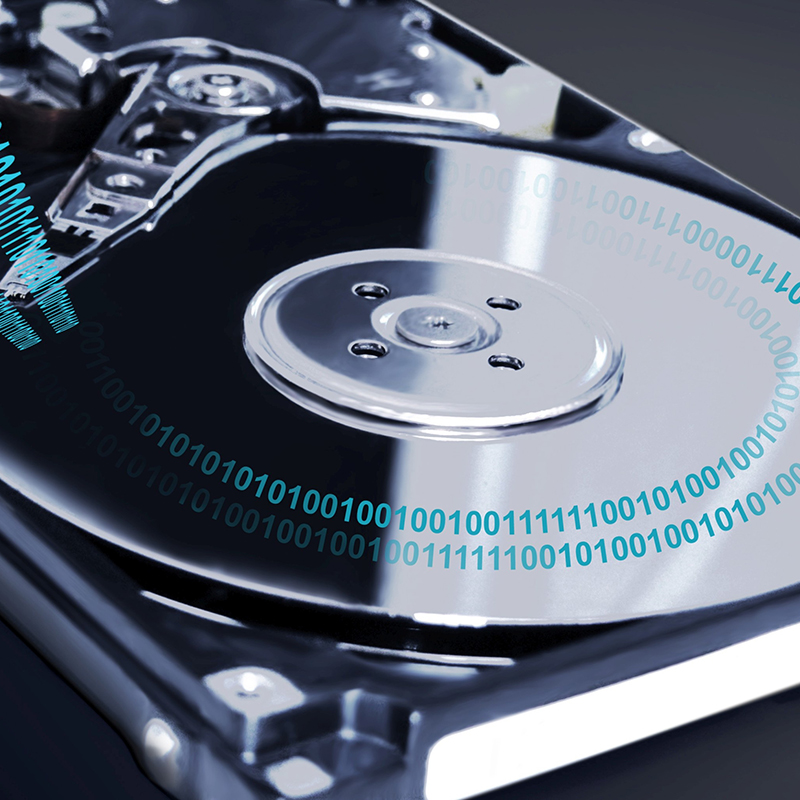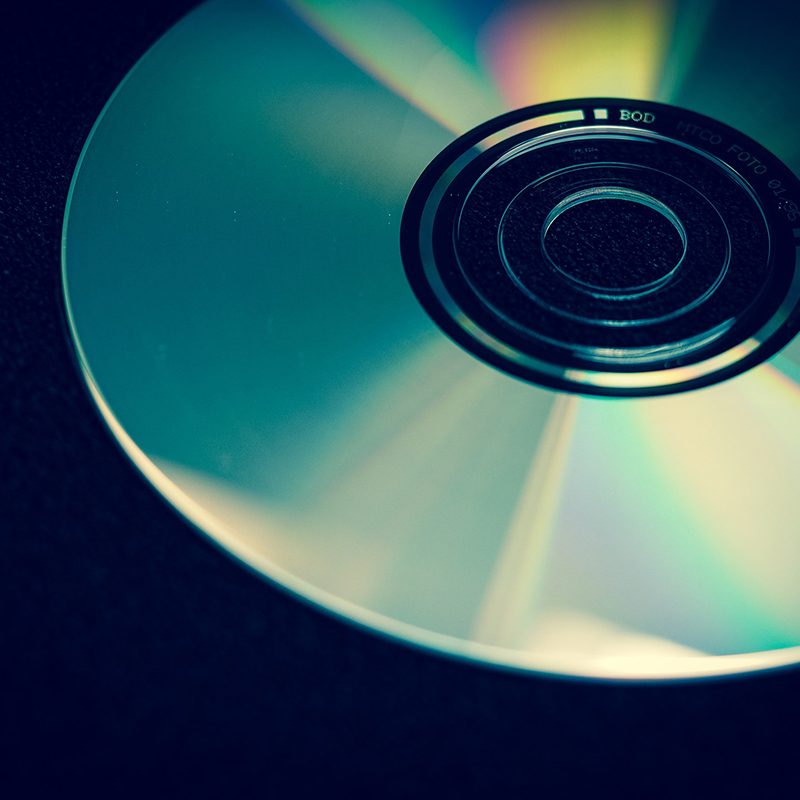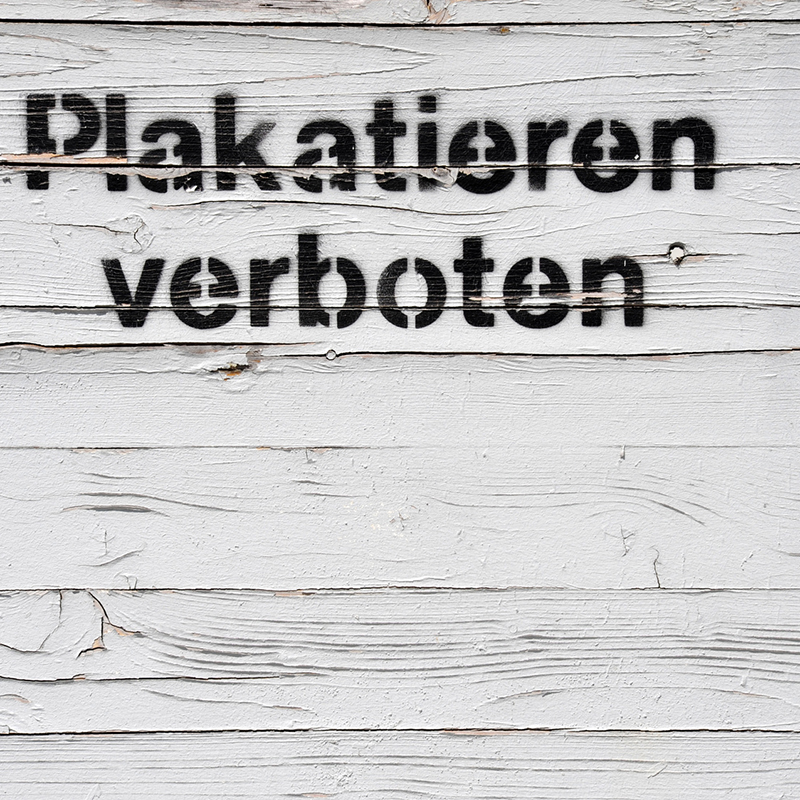What medium can be used to record and play back sounds effectively? Many inventors had pondered this question, especially in the late 20th and early 21st centuries. Steel wire seemed to be a good solution at first: in 1899, Danish telegraph engineer Valdemar Poulsen invented the first device, the “telegraphone”, which used the basic principle of magnetic sound recording. This involved winding a piano string around a roller. It was soon found, however, that the steel was not flexible enough and was too thick and heavy to be wound neatly onto spools.
Technology that sets the tone
Engineer Fritz Pfleumer was unable to get the problem out of his head. He continued experimenting. At the time, he was working for the cigarette machine factory “Universelle” in Dresden, for which he had developed a bronze coating that would stay in place on cigarette tips. One afternoon in 1927, in a café in Paris, the idea came to him: how about transferring the principle of cigarette tips to sound technology – and instead of bronze powder, simply sticking a layer of magnetic iron powder onto paper? And so he developed a magnetizable sound carrier – the magnetic tape. This tape was far superior to the steel wires and tapes used before then. Fritz Pfleumer patented his “process for the production of steel powder” on January 31, 1928. That same year, he built a prototype for a device that could play the magnetic tapes. In 1932, he handed over the rights of use to his magnetic tape to AEG. There, engineer Eduard Schüller developed a magnetic tape recorder ready for production: the Magnetophone. This was first presented to the public at the 1935 Berlin Radio Exhibition.
(Image: Thomas Bethge – Fotolia.com)





